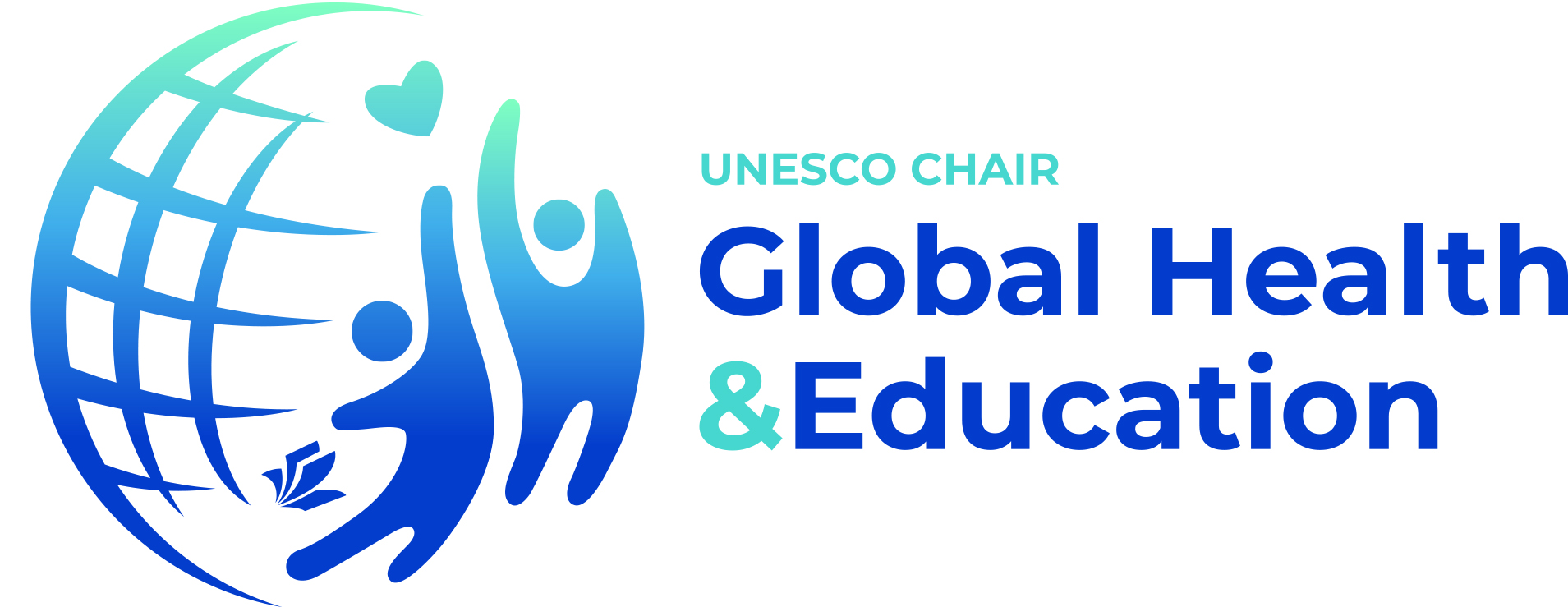29th May 2020 – Last updated 19th June 2020
National, regional and local strategies to reopen schools
خلاصه
|
Returning Groups of students
Most of the countries indicated that primary school aged children would be the first to return. The other priority group was secondary school students who were taking national milestone examinations e.g. to facilitate entry to higher education or recognised leavers’ qualifications. Children of key workers (e.g. healthcare workers, police, teachers) would also continue to be accommodated.
Elements of Pandemic Response Strategies described from the Country Guidance
There are many common risk-reducing strategies that have been incorporated into guidance relating to many aspects of public life during the pandemic. These include social distancing, frequent handwashing and the wearing of a mask. Figure 1 shows the number of countries (out of 20 responding so far) where at least one respondent specifically included a risk-reducing element in their description of the guidance. [The following description will give examples of countries implementing different strategies in brackets in the text.]
Class size reduction was the most often reported element in the guidance (17 of 20 countries), in order to achieve spacing between students that reflected acceptable social distancing. The group size varied from groups of 5 in preschool groups (Iceland), a very common 50% reduction to 15 (England, France, Greece) and an upper reported limit of 20 (Senegal, Iceland older students).
Social distancing was also confirmed in most countries (15 of 20 countries), although some respondents who were well into the return reported that this applied only to teachers (Australia) or only to older students (Iceland upper schools).
Hygiene measures (frequent handwashing, toilet arrangements) were commonly reported, but school cleaning less so. Some countries had stopped school transport (Belgium) or were running it at half capacity to achieve distancing (Portugal, Senegal). Wearing a mask was described in guidance by 11 country respondents, but in England the guidance specified that masks will not be mandated. Most countries describing canteen changes said they would be closed (Germany, the Netherlands) and some countries had asked parents to bring lunches for their children (Philippines, France).
Circulation and scheduling approaches were aimed to achieve spacing and distancing for students. Strategies included rotating smaller groups in for 1 or 2 days each week (Belgium); staggered start and finish times (e.g. Portugal) which would also avoid travelling at rush hour; staggered break and lunch times (Tunisia). Reducing movement of students round schools (Australia), barring parents from being on-site (The Netherlands) and implementing a one-way system (England) could all help to sustain distancing.
Respondents from 14 countries described education approaches about the pandemic in the context of schools. Many countries had general population education hubs about COVID-19 that could be used by schools, but some education systems were specifically considering their approach. This might be devising games/videos for young children to convey handwashing messages (England, Switzerland), or adapting the content of the existing health curriculum to tackle pandemic-relevant topics (Finland). In Namibia there is a concerted effort to provide an education hub to combat fake news and this will form part of their strategy. Only respondents from France described the specific contribution of school nurses to discussions about COVID-19 with students and staff.
For more information:

